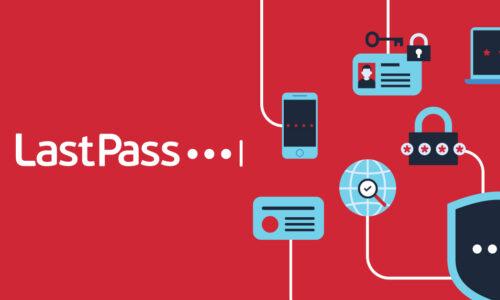Why security matters for SMBs
A company's size does not determine its likelihood of becoming a target of cybercriminals, so SMBs shouldn't be lulled into a false sense of security when it comes to cybercrime. Nearly half of all cyber breaches (46%) impact businesses with fewer than 1000 employees. In 2021, 61% of SMBs were the target of a cyberattack, and nearly 40% of small businesses reported they lost crucial data due to a cyberattack. In 2020 alone, small businesses experienced a collective $2.8 billion in damages. In summary, SMBs are a top cybercrime target, and attacks can be costly. Since 51% of small businesses have no cybersecurity measures, these trends will likely continue.Top SMB security weaknesses
First, SMBs must recognize that they're a target. Leadership must understand the risk of a cyberattack and the potential long-term damage and fully support the necessary steps to strengthen cybersecurity across the organization. And information security needs to have a seat at the leadership table; many SMBs say they take security seriously but fail to implement a top-down approach that builds cybersecurity into every business decision. When decision-makers fail to approach cybersecurity as a financial issue and instead downplay it as "just an IT issue," they expose the company to greater risks. Everyone at the company - from senior executives to entry-level employees - must understand their role in protecting the business. Routine security training should inform employees of common threats so that they can recognize unusual or suspicious activity. Employees should also know how to report potential issues quickly. Achieving such a high employee cyber awareness and participation level requires a well-planned corporate security program. SMBs often fail to implement safeguards against the most common threat vectors. While a positive for workforce flexibility, remote work and Bring Your Own Device (BYOD) introduce new threats and risks - especially ransomware attacks - that IT must assess before turning employees loose. With fewer resources, overworked employees, and less budget, IT teams at SMBs may fail to keep up with necessary security patches. As a result, bugs and vulnerabilities can be exploited by cybercriminals looking for a foothold in the corporate network and apps. Overall, it's common for SMBs to overlook the importance of a cybersecurity strategy and contingency plans for a cyberattack. A successful cyberattack is more likely to occur with no strategy in place. As a result, it will likely take longer to resolve, be more costly to remediate, and ultimately have a greater impact on the company's recovery.Three cybersecurity tools SMBs need
Though a security strategy is ultimately very individualized to a company's specific needs and risks, there are basic steps every SMB can take to tighten their cybersecurity and better protect against future threats. It's far better to focus resources and budget on a few highly effective tools, especially if an SMB is building (or rebuilding) a security program from the ground up. Build an incident response plan. A documented step-by-step incident response plan (IRP) will help your company better navigate the stresses and challenges of a cybersecurity incident. Every incident response plan should outline the four key phases - Preparation, Detection and Analysis, Containment and Recovery, and Post-Incident Activity. If decision-makers question why you need an incident response plan, stress the importance of responding quickly and effectively when a security breach occurs. In addition, an IRP helps create a feedback loop in which the team can continue improving its cybersecurity strategy and deal with a data breach's legal and commercial effects. Deploy multi-factor authentication. Multi-factor authentication, or MFA, is a security technology that goes beyond account credentials to add security to logins. Multi-factor authentication requires additional information like a fingerprint scan or a one-time code to prove a user's identity before granting access. MFA can also analyze additional data like an IP address, device ID, or other contextual information to corroborate an identity further. As a result, MFA reduces or eliminates many common cyberattacks while being comparatively easy to deploy and use. For SMBs looking to stretch their dollar for the security benefits gained, MFA can be a wise investment. Acquire cyber insurance. Traditional insurance policies provide a critical safety net, protecting against property damage, accident liability, and disruptions to daily operations. Cyber insurance offers the digital equivalent, providing businesses with the resources and financial support to respond to and recover from cybersecurity incidents. The type of insurance policy can vary depending on the company's size, industry, type of data stored, and risk exposure. To be eligible, companies may be required to enable multi-factor authentication for account protection, improve credential management, and implement more stringent device and network security like firewalls, antivirus, and data backup. Meeting these requirements reduces an SMBs overall cyber risk, with the added perk of potentially lowering cyber insurance premiums as their overall cyber risk decreases. Ready to tighten security at your SMB? Learn how LastPass can help you meet your cybersecurity goals.


